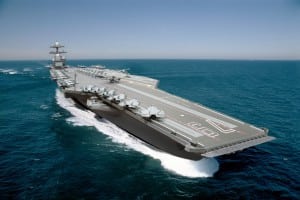
The Navy, which has been operating without an aircraft carrier in the Middle East since the USS Theodore Roosevelt (CVN 71) moved out of the Persian Gulf last month, expects further carrier gaps in the Middle East and Asia-Pacific next year, service officials said Tuesday.“There are, in the next year, some periods similar to what we’re seeing in CENTCOM (Central Command) AOR (area of responsibility) this year,” Vice Adm. John Aquilino, deputy chief of naval operations for operations, plans and…













